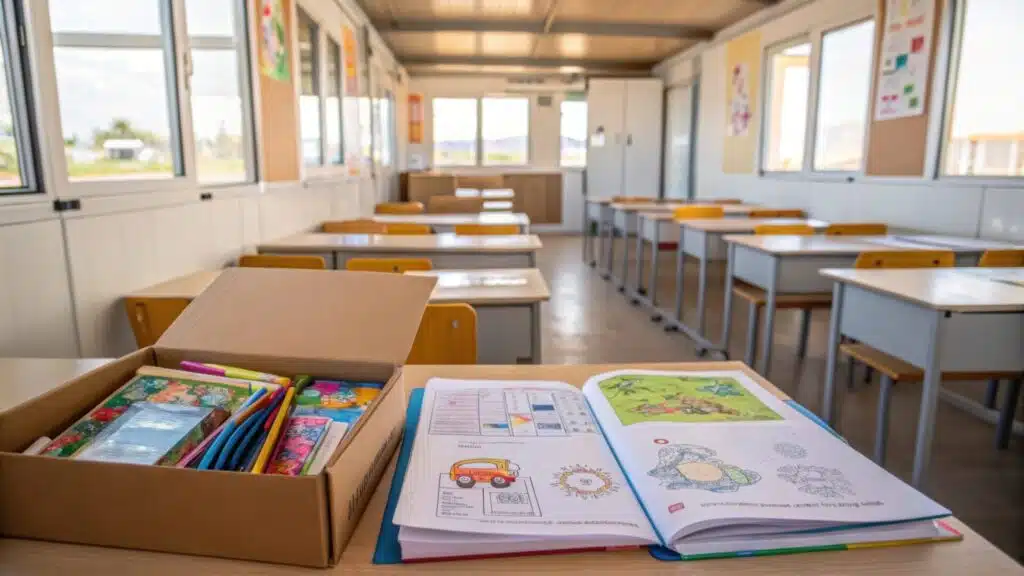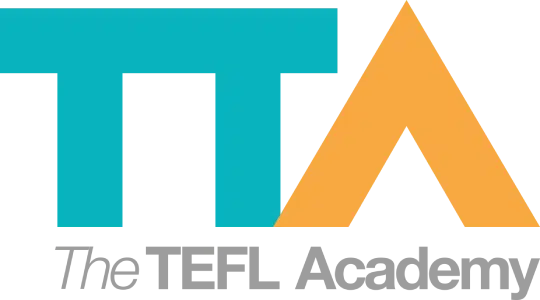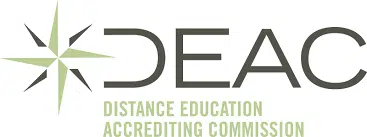7 Reasons You Should Make Your Own EFL Worksheets
Join a global community of over 200,000 TEFL teachers working throughout the world! Enrol me!
When you first start teaching, you’re sure to spend tons of time thinking up ideas for EFL worksheets, games, activities and resources that can level up your classroom. You concoct ways to make the coursebook more interesting and your lessons more engaging. All of this eats into your time and you can find yourself watching the sunset before you’re even done!
Eventually, it can all become too much. So what do you do? You cut your planning time in half. Now it’s all about speed. Tapping into the extra resources section of your coursebook and photocopying a stash of long-hidden books in the staffroom helps you scrape by.
This can be a very time-consuming process.
Who has the time to make their own worksheets?
Well, even though making your own materials takes time and effort, the benefits far outweigh the hassle.
Making your own EFL/ESL worksheets gives you the flexibility to tailor content to your students and the chance to impress them with your tech skills by integrating digital tools.

Not convinced? Here are seven reasons you should be making your own EFL materials:
1. Fill in coursebook gaps
Coursebooks can be outdated, inappropriate or irrelevant for your class. Adapting, replacing or omitting coursebook activities can leave you with a lot less classroom material than you need for your lessons. Creating your own worksheets can fill the gaps and provide content that is learner-centred.
Read more: From Teacher-Centred To Learner-Centred: Transforming Your Classroom For Success
2. Make use of CLIL
Using the Content and Language Integrated Learning (CLIL) approach is a way to teach students about subjects through English. It allows them to learn new topics while simultaneously being exposed to new language and learning how to use it appropriately.
Read more: How To Integrate CLIL Into Your EFL Lessons
3. Shake things up
You will use the coursebook for the majority of your lessons, but depending on it for an entire lesson can lead to frustration and dissatisfaction. Every exercise may seem like a copy-paste of the last. This can kill motivation in the classroom.
- Swap boring repetitive exercises for fun ones that capitalise on memes, social media dialogues or popular culture that students can relate to.
- Include life skills topics like stress management or applying for college to make the lesson more practical.
- Introduce cultural topics and global perspectives not covered in the coursebook.
4. Make it personal
When you make your own ESL worksheets you can personalise them. This means that you need to get to know your students. Once you know what your class enjoys in terms of interests and activities, make use of this knowledge and tailor your worksheets accordingly.
Instead of using materials which use random information, add details specific to your class such as names, interests and cultural references.
If you know most of your class loves a particular pop artist, include a comprehension exercise based on their life or music. This will definitely catch your students’ attention!
Remember that not all of your materials will work with all of your classes. Adjust and adapt accordingly.
5. Modern TEFL needs modern EFL worksheets
Old and outdated coursebooks often lack digital learning and modern teaching techniques. You can create tech-friendly worksheets by using digital tools like Google Docs or Canva. Worksheets can be shared digitally through learning management systems (LMS) like Google Classroom.
6. Try different worksheet styles
Worksheets don’t have to be boring printouts. A tech-integrated worksheet can be gamified. Think crossword puzzles or board games instead of the usual fill-in-the-blank type activities.
Worksheets can be used for projects. Students can get creative by making comic strips, restaurant menus or ‘fake’ social media posts using the target language.
7. Students notice your efforts
Realistically, not all students will appreciate the extra work you put in to make your own worksheets, but some will! Young Learners will show their appreciation through their enjoyment of the activity, teens will engage with it enthusiastically, and adults will appreciate the break from the coursebook.
Making your own worksheets sounds like a lot of work, and it is—at first. While it will take time to make them, you can adapt and reuse them for future classes, making it a worthwhile investment overall.

Tips for making THE BEST EFL worksheets
Check the level
Always keep the level of your students in mind when writing your materials to ensure that they are not too easy or too difficult. You want to maintain a certain level of challenge without overwhelming or underwhelming your students with the difficulty level. If you’re unsure if you’re pitching at the right level, use your coursebook as a guide.
Find an editor
Before using your materials, ask a colleague or a teaching friend to edit and proofread your work. Have them check not just for typos, but also for clarity in the instructions and the logic behind your activities. A fresh set of eyes always helps.
Creating your own worksheets is a great way to supplement your usual classroom materials and build your skillset. Being able to create engaging and effective materials is an essential skill for a TEFL teacher. If you’ve never done it before, give it a go!
Accreditation & Quality Assurance
The TEFL Academy was the world’s first TEFL course provider to receive official recognition from government regulated awarding bodies in both the USA and UK. This means when you graduate you’ll hold a globally recognised Level 3 (120hr) Certificate or Level 5 (168hr) Diploma, meaning you can find work anywhere and apply for jobs immediately.
 United States
US
United States
US












